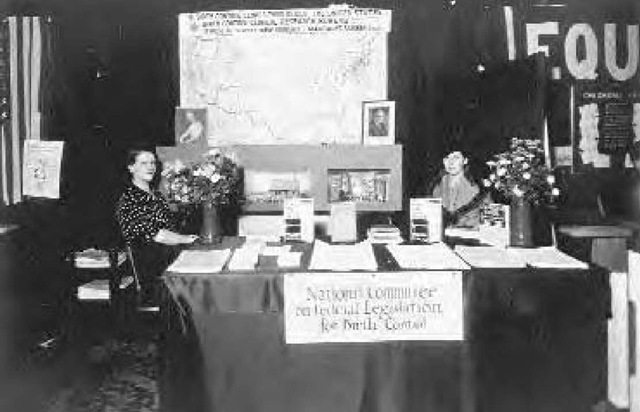Even after the death of Anthony Comstock and the growing acceptance of birth control, the Comstock legislation, prohibiting importation of contraceptive devices or the sending of them through the mails.Margaret Sanger had been impressed by a new pessary designed by a Japanese physician whom she had met at a conference on contraceptive technique that she had organized in Zurich in 1930. This was part of her regular activity because over the years she had collected various devices and hoped to carry out experiments on them. Morris Ernst (1888-1976), then general counsel for the American Civil Liberties Union as well as for the American Birth Control League, and an attorney in private practice as well, saw the new pessaries as an opportunity to challenge the old Comstock prohibitions. In fact Sanger had set up a National Committee on Federal Legislation for Birth Control to encourage such cases, and at the time a number of court cases were in the works.
Margaret Sanger set up the National Committee on Federal Legislation for Birth Control to try cases that would lift the Comstock Law against distributing birth control devices through the U.S.mail.
It was arranged for Hannah Stone, a physician, to have 120 Japanese pessaries sent to her for her private practice in 1932.To make certain that the customs officials knew what was happening, officials were informed of the action, and they confiscated the materials in what can only be called a carefully scripted court case. On December 7, 1936, the U.S. Court of Appeals for the Second Circuit ruled on the issue in United States v. One Package in a decision by Judge Augustus Hand. Hand ruled that the Comstock statute could not be applied in ways that obstructed public health, which in essence meant that such devices could be imported at least by physicians for use in cases where a physician believed that avoidance of pregnancy would be beneficial to a woman’s health.
In short, the decision opened the mails to contraceptive materials mailed to physicians. The right of individual citizens to bring such devices into the country for personal use, however, was not established until 1971.

